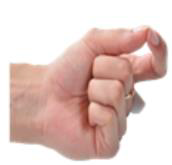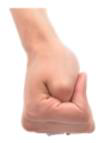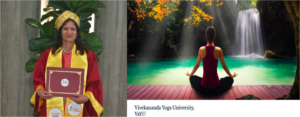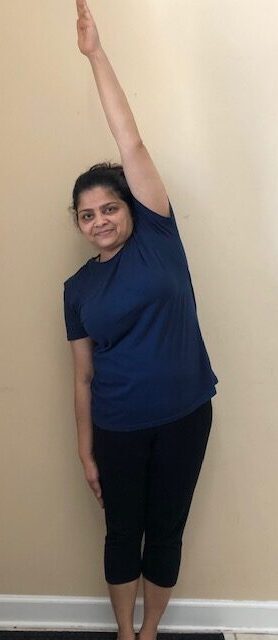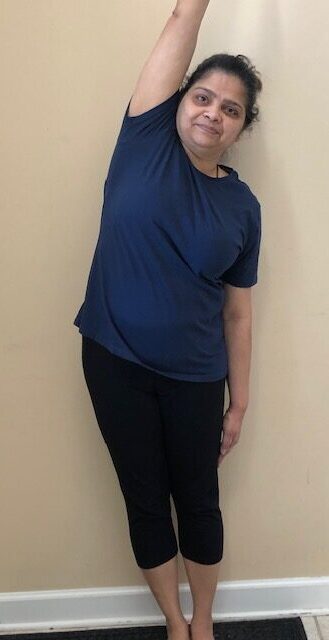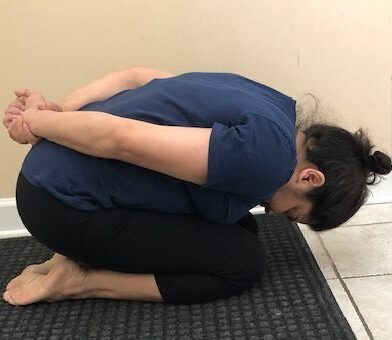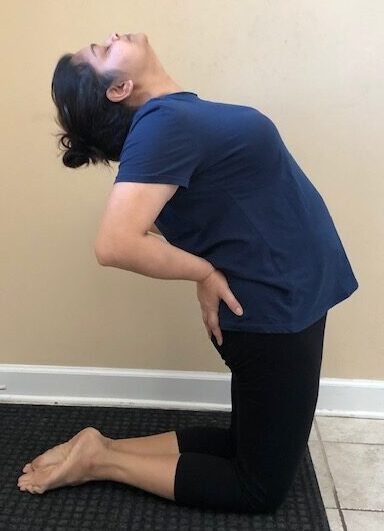Have you ever wondered why so many yoga poses are named after an animal or a bird? Well, it appears that the ancient yogis, who were wandering in nature, living in jungles, and mountains, surviving on nature’s bounty, and doing yoga sadhana, found imitating the animals and birds to be an enlightening experience for both the body and mind. They observed these animals and birds and gave thought to their qualities or peculiarities. Then they brought their postures in their yoga sadhana so that the same qualities may percolate in their personality.
Let’s look at some of them along with their qualities or benefits
- Shwanashwasan for a dog’s stamina
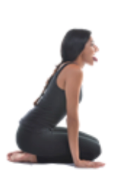
- Vyaghrasan for a tiger’s bravery
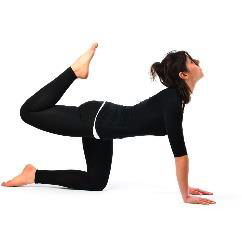
- Makarasan for a crocodile’s relaxed state of body and mind
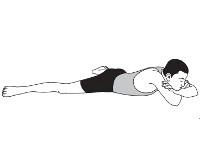
- Bhujangasan for a cobra’s agility and strong spine

- Garudasan for an eagle’s mind concentration
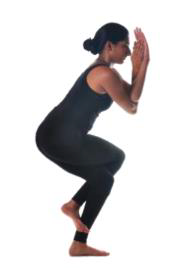
- Matsyasan for a fish’s lightness of body
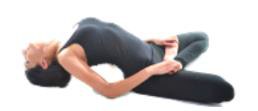
- Baddhakonasan for a butterfly’s strong hips
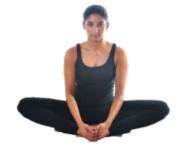
- Urdhwamukha and Adhomukha Shwanasan for a dog’s agile and strong spine
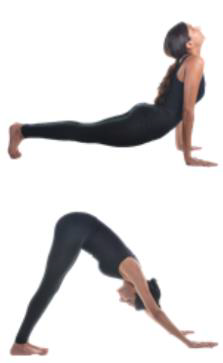
- Mandukasan for a frog’s strong thighs, ankles and back
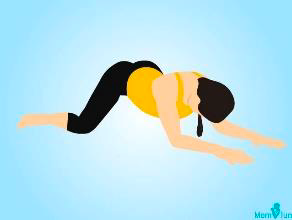
- Marjalasan for a cat’s agility
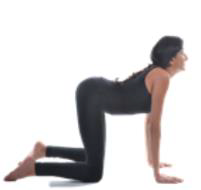
- Shalabhasan for a locust’s supple body
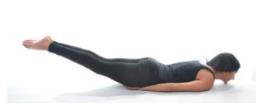
- Kapotasan for a pigeon’s strong and toned hips
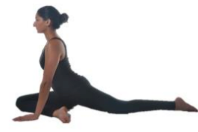
- Kurmasan for a turtle’s flat tummy
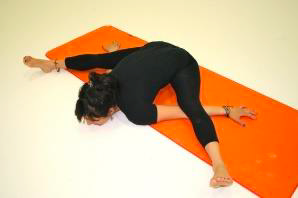
- Bakasan for a crow’s body balance
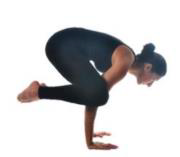
- Mayurasan for a peacock’s balance and strength
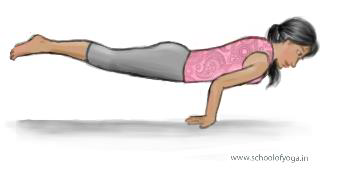
- Ushtrasan backward bend for a camel’s self-confidence
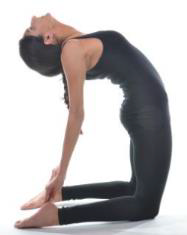
- Mrigasan spinal twist for a deer’s ability to let go of negative feelings
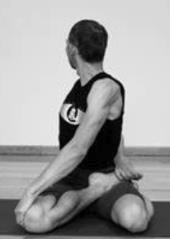
- Shashankasan forward bend for a rabbit’s humility
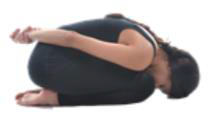
Anu Buzruk
Yoga Therapist


